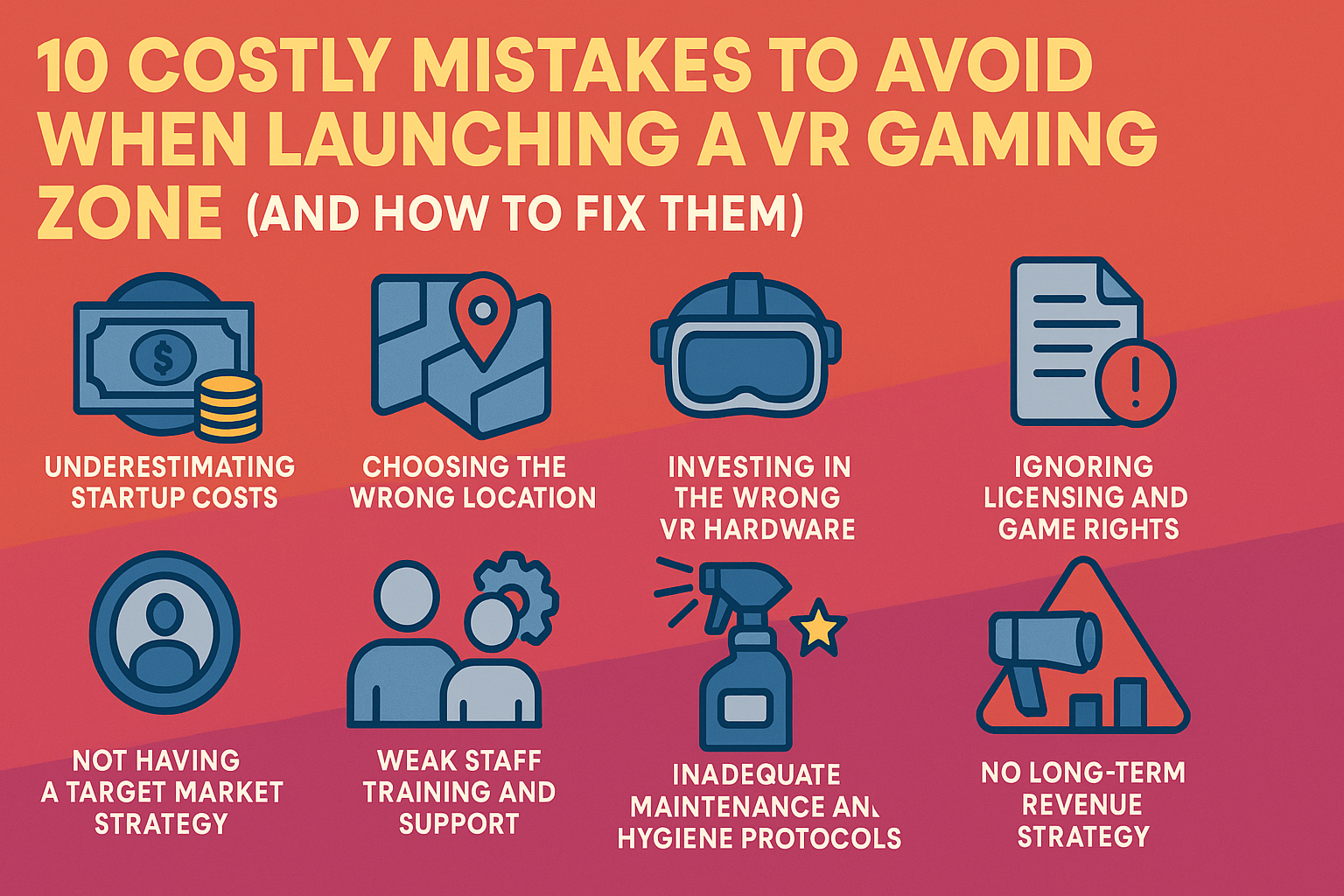In this article, I provide information about AR is enhancing the customer Experience in banking because The banking sector is not unknown to technology, and augmented reality (AR) is the most recent development that’s changing in the banking sector.
AR is changing how customers interact with their bank user’s experience and providing a more engaging and immersive experience. Banks use augmented reality (AR) technology to give their clients a personalized, easy banking experience.
AR enhances the customer experience in banking by providing features such as virtual assistance, personalized offers, and real-time financial data visualization. In this blog article, we’ll discuss how augmented reality revolutionizes the banking sector and improves the consumer experience.
What is a good banking experience With AR?
In this digital World with big data, customers demand fast, efficient, personalized services from their banks. On the other hand, banks continuously seek innovative ways to enhance customers, cut expenses, and maintain a competitive edge.
Augmented reality (AR) technology that Countionun uses in the banking industry. It offers the best way to achieve all these goals.
AR technology shows digital data in the physical world, allowing users to interact with virtual objects in real-time. It is often associated with gaming and entertainment, but its potential applications go far beyond this. AR creates more engaging and immersive customer experiences in the banking industry, increasing satisfaction and loyalty.
How can augmented reality improve customer experience in banking?


The industry is looking into how it may improve the customer experience. Here are some examples of how augmented reality might enhance the banking customer experience.
- Location-based services include finding nearby ATMs or bank branches with real-time data and directions.
- Self-service options, such as accessing account information, loans, mortgages, etc., with interactive and immersive visuals.
- Payment solutions include scanning products and making instant payments with AR apps.
- Virtual assistance, such as speaking with a customer service representative or a financial advisor through AR devices.
AR can thus enhance the convenience, efficiency, and personalization of banking services for customers.
AR Technology: An Overview of Its Definition, Features, Applications, and Use in Banking


The Good customer experience is the sum of all Human interactions and emotions with a brand. It Involved every touchpoint, from the first impression to the last transaction. CX is a nice-to-have feature and a strategic need for banks and credit unions wanting to survive and prosper online.
Why is CX so important for Banking institutions?
Here are some of the benefits of delivering a good CX:
- It builds trust and loyalty. Customers who have positive experiences with their banks or credit unions are more likely to stay loyal customers, recommend them to others, and increase their share of wallets.
- According to a study by PwC, 73% of customers say that CX is an essential factor in their purchasing decisions, and 65% say that a positive experience is more influential than great advertising.
- It differentiates from the competition. Financial institutions like credit unions and banks face increased competition from tech startups, comprehensive technology businesses, and other players who provide new and convenient financial products. Financial institutions must provide more than simply products and services; they must provide unique and meaningful experiences that match their client’s requirements, preferences, and beliefs.
- It drives growth and profitability. Good CX can directly impact the bottom line of banks and credit unions. According to a report by Temkin Group, a moderate improvement in CX can increase revenue by $823 million over three years for a $1 billion company.
- Moreover, good CX can reduce costs by enhancing operational efficiency, reducing customer churn, and increasing customer advocacy.
7 Ways to Improve Customer Experience in Banks & Credit Unions
- Simplify & expedite account opening process: Customers expect a hassle-free and fast account opening process that can be done online or on their mobile devices without excessive paperwork or verification steps.
- Provide a fast online payment experience: Customers want to make online payments quickly and securely, using their preferred methods and digital platforms, without facing delays, errors, or hidden fees.
- Make the card/account blocking process smooth and easy: Customers need to be able to block their cards or accounts in case of theft, loss, or fraud, with minimal effort and maximum convenience, and to be able to unblock them when the issue is resolved.
- Integrate live customer support with employee feedback: Customers appreciate having access to live customer support agents who can resolve their issues and answer their questions promptly and effectively. They can also collect and act on their feedback to improve service quality.
- Develop a truly omnichannel customer experience: Customers demand a consistent and seamless customer experience across all channels and touchpoints, whether they interact with their banks or credit unions via customers’ phone, email, live chat, social media, website, app, or branch.
- Monitor and provide personalized end-to-end customer journeys: Customers value a memorable personalized experience that considers their needs, preferences, behaviours, and contexts, guiding them through every stage of their banking customer journey, from awareness to loyalty.
- Be flexible to change, update, and add open banking technologies: Customers benefit from open banking technologies that enable them to access various financial products and services from different providers, allowing banks and credit unions to innovate and adapt to changing customer expectations and market conditions.
AR Revolutionizes Customer Experience in the Banking Sector
- AR-powered mobile banking apps: Customers can use their smartphones to scan products, bills, or QR codes and make instant payments, view account information and account balances, locate nearby ATMs or branches, and access other banking services with AR overlays.
- AR-powered ATMs and self-service kiosks: Customers can use AR glasses or devices to engage with ATMs or kiosks and complete transactions such as money withdrawal, check deposit, fund transfer, or bill payment with increased security and convenience.
- AR-powered virtual banking assistants: Customers can use AR devices or apps to communicate with virtual banking assistants who can provide customer service, technical support, financial advice, or product recommendations using natural language processing and artificial intelligence.
- AR-powered interactive marketing campaigns: Customers can use AR devices or apps to engage with interactive marketing campaigns that showcase the benefits and features of banking products and services, such as loans, mortgages, credit cards, or savings accounts, and that encourage them to take action.
- AR-powered personalized financial advice: Customers can use AR devices or apps to receive personalized financial advice based on their financial goals, risk profile, spending habits, and life events and to visualize the impact of different scenarios and options on their financial future.
- AR-powered virtual branches: Customers can use AR devices or apps to visit virtual branches and interact with real or virtual bankers who can offer them a range of banking services, such as opening accounts, applying for loans, investing in funds, or managing their portfolios.
- AR-powered gamification for financial education: Customers can use AR devices or apps to play games that teach them about financial literacy, such as budgeting, saving, investing, or managing debt, which rewards them for achieving financial milestones.
Challenges and Limitations of AR in Banking CX
- Technical limitations and integration issues: AR requires high-quality hardware, software, and network connectivity to function properly and deliver a smooth and realistic customer experience. AR also needs to be integrated with existing banking systems and platforms, which can pose compatibility, interoperability, and scalability challenges.
- Security and privacy concerns: AR involves the collection, processing, and sharing of sensitive customer data and information, such as biometric data, location data, financial data, or personal preferences. This raises security and privacy risks for customers and banks, especially in the case of data breaches, hacking, or unauthorized access or use of data.
- Ethical and social implications: AR can have ethical and social impacts on customers and society, such as creating addiction, distraction, or isolation; manipulating customer behaviour or emotions; infringing on customer autonomy or consent; or creating digital divides or inequalities among different groups of customers.
- Staff training and adoption: AR requires staff to be trained and educated on using and supporting AR technologies and applications and interacting with customers who use AR. Staff must also be motivated and incentivized to adopt AR as part of their work processes and culture.
- Cost and ROI considerations: AR involves significant upfront and ongoing costs for banks and credit unions, such as acquiring, developing, maintaining, and updating AR hardware, software, and content. Banks and credit unions must also measure and evaluate AR’s return on investment (ROI) in customer experience outcomes, such as customer satisfaction, loyalty, retention, acquisition, or revenue.
The Future of AR in Banking CX
Emerging AR trends in banking: Some of the emerging AR trends in banking include creating immersive and interactive customer experiences with AR-powered mobile banking apps, ATMs, and self-service kiosks, providing virtual assistance and personalized financial advice with AR-powered chatbots and avatars, enhancing marketing and branding with AR-powered campaigns and gamification and creating virtual branches and workspaces with AR-powered devices and platforms
The potential of AR in financial inclusion and literacy: AR can help improve financial inclusion and literacy by reaching underserved and unbanked customers with accessible and affordable financial services; by educating customers on financial concepts, products, and risks with engaging and interactive content; and by empowering customers to make informed financial decisions with real-time data and insights
The role of AR in shaping the future of banking: AR can play a key role in shaping the future of banking by enabling banks to offer more value and differentiation to customers enhancing customer engagement, satisfaction, and loyalty
by reducing operational costs and human errors; improving risk management and fraud prevention; enhancing regulatory compliance; and increasing revenue and profitability
Final Word
Augmented reality (AR) technology can transform the customer experience (CX) in banking by providing immersive and interactive experiences that add value, convenience, and personalization.
AR can also help banks and credit unions improve operational efficiency, security, compliance, and profitability. However, AR also poses challenges and limitations for financial institutions, such as technical issues, integration difficulties, security and privacy risks, ethical and social implications, staff training and adoption barriers, and cost and ROI considerations.
Therefore, banks and credit unions must carefully assess their readiness and capabilities to adopt AR technology and overcome potential obstacles.
Financial institutions that want to stay ahead of the competition and meet rising customer expectations must embrace AR technology as part of their digital transformation strategy.
AR can help them create more engaging and satisfying customer journeys, differentiate their products and services, and drive growth and innovation. To succeed with AR technology, financial institutions must adopt a customer-centric mindset, leverage data and analytics, partner with fintech and other providers, and continuously measure and improve performance.
AR is not futuristic but a reality already reshaping the banking industry. Financial institutions that ignore or delay the adoption of AR technology risk losing their relevance and market share to more agile and innovative players. AR allows banks to reinvent themselves to create a new level of client experience that will set them apart from the competition.








